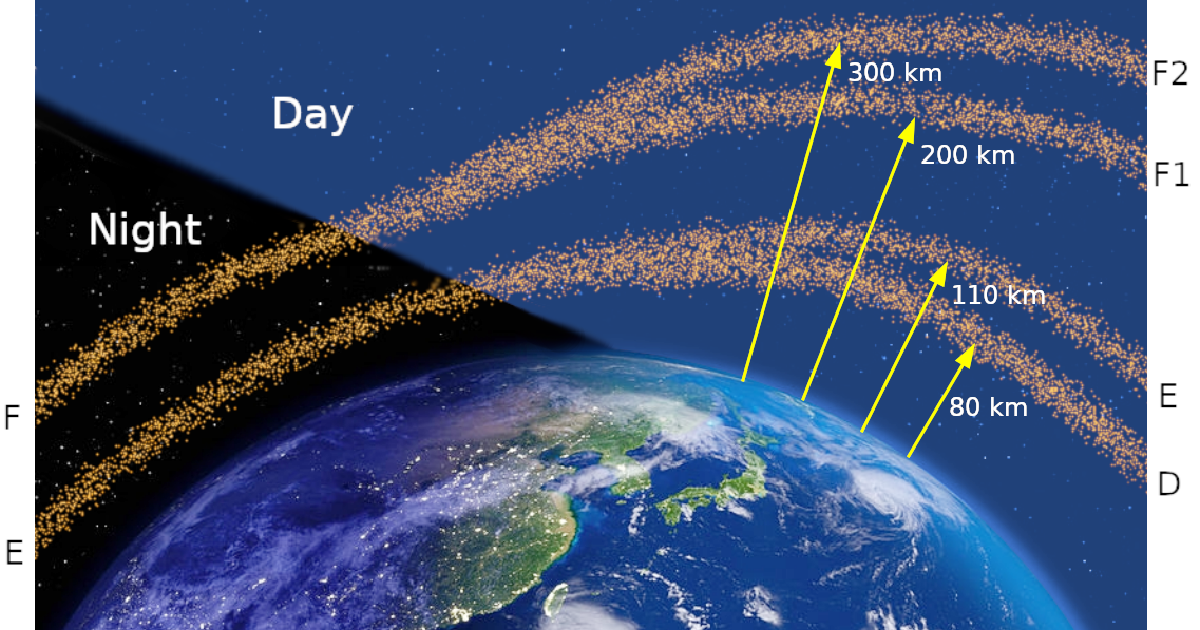
NASA scientists have discovered some unusual shapes high up in the Earth’s ionosphere, which is a layer stretching from 50 to 400 miles above the planet.
This layer acts as a boundary between our atmosphere and outer space and is home to most of our satellites.
However, it is also quite sensitive to space weather, like electromagnetic radiation from the Sun, which can mess with communications equipment.
Normally, the ionosphere can get electrically charged, especially when influenced by space weather.
Using the Global-scale Observations of the Limb and Disk (GOLD) imaging instrument, scientists have noticed strange plasma bands forming X and C shapes in this layer.
NASA described these findings as an “alphabet soup,” which might help us understand how space weather impacts our upper atmosphere and screws with our radio and GPS signals.
When charged particles create dense bands or “crests” around the Earth’s magnetic equator, it results in these formations. The setting Sun can also cause low-density pockets called “bubbles.”
Usually, larger disturbances like solar storms or volcanic eruptions cause these crests to merge and form an “X” shape.
However, scientists have recently observed these shapes even during calm, or “quiet,” times, which was unexpected.
Fazlul Laskar, a research associate at the University of Colorado, pointed out that this is a new discovery.
“Earlier reports of merging were only during geomagnetically disturbed conditions — it is an unexpected feature during geomagnetic quiet conditions,” he explained.
This has led scientists to wonder if something else is causing these X shapes.
NASA scientist Jeffrey Klenzing mentioned, “The X is odd because it implies that there are far more localized driving factors. This is expected during extreme events, but seeing it during ‘quiet time’ suggests that the lower atmosphere activity is significantly driving the ionospheric structure.”
In addition to the X shapes, scientists have also found C-shaped bubbles in the ionosphere. These shapes can appear close to each other, indicating that the dynamics of the atmosphere are more complex than previously thought.
Overall, there’s still a lot to learn about this magnetically charged layer protecting our planet.
As Klenzing added, “The fact that we have very different shapes of bubbles this close together tells us that the dynamics of the atmosphere is more complex than we expected.”
So, the ionosphere remains a bit of a mystery, with new surprises popping up even during its more serene moments.
If you thought that was interesting, you might like to read about a second giant hole has opened up on the sun’s surface. Here’s what it means.